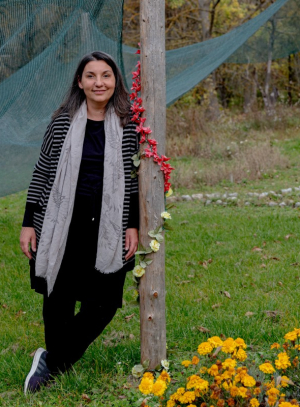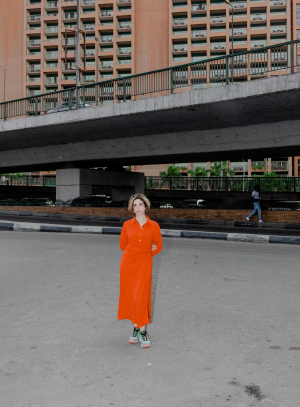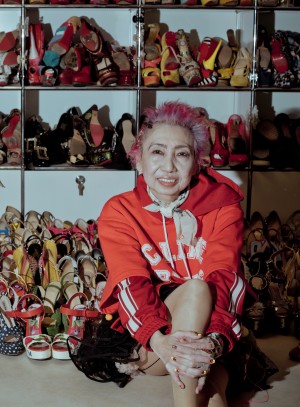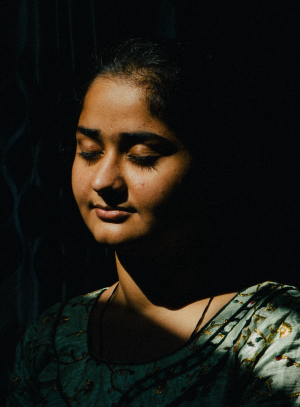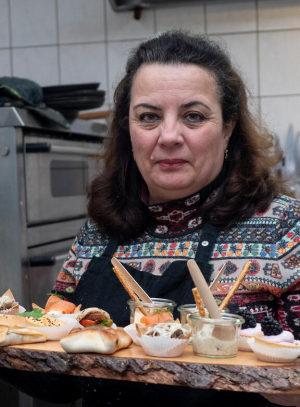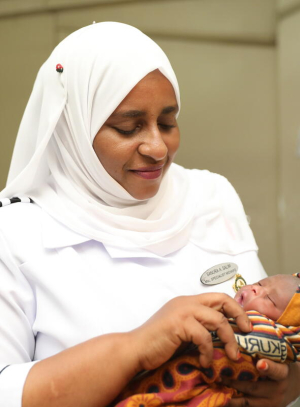
The world population is now #8BillionStrong. Check out this @UNFPA and @MagnumPhotos story to see what this means for people in #Brazil: https://unf.pa/8bsp1
Brazil
Crossing borders, expanding choices

Every day, about three hundred Venezuelans cross the border into Brazil, fleeing political instability and poverty.
The challenges don’t end on the other side of the border. Refugees and migrants who have job opportunities or family waiting for them might spend up to four months waiting to be relocated to different regions of the country. Many – including thousands of Indigenous people, especially women and children – spend long, lonely periods in camps near the border.


People arriving from Venezuela often need food, medicine, shelter, childcare – in addition to services and information to support their sexual and reproductive health and rights
Doctors in the border towns often see women who know very little about contraception, but are very open to learning
Besania Hernández is a 23-year-old mother of three and a member of the Indigenous Warao people. Since 2017, she has lived at the Pintolândia informal settlement, in Boa Vista city, in Brazil’s northern Roraima region.
The settlement is home to nearly 270 Warao women who, like other refugees and migrants belonging to minority groups, face especially steep hurdles even after crossing the border

Venezuelans themselves – including Indigenous women – play a major role in helping their community gain awareness of their rights and access to the services they need.
As a cultural facilitator for UNFPA, Besania serves as a translator and educates other women about contraception and domestic violence.
She herself decided to get contraceptives following the difficult birth of her third child by Caesarean section. In Venezuela, contraception that requires a medical procedure was beyond her means. But in Brazil, birth control is accessible and free.

UNFPA supports doctors like Pamela Dias da Costa, who works in an Indigenous community near the border with Venezuela, to provide services to both refugees, migrants and Indigenous Brazilian women.
These critical investments in family planning are helping to address high levels of adolescent fertility and unwanted pregnancies – not only in Brazil, but throughout Latin America, the Caribbean and sub-Saharan Africa.

This year, the world’s population has crossed the 8 billion mark – yet we are witnessing an overall slowdown in the rate of growth.
In 1950, women had five births, on average, globally; last year, it was 2.3 births. By 2050, the United Nations projects a further decline to 2.1 births per woman. In some countries, the fertility rate will be even lower.
By making sure that women like Besania have educational and economic opportunities – and supporting their leadership in their communities – we can reduce maternal death rates and poverty.
We can work with doctors like Pamela Dias da Costa to ensure that women have a chance to learn about and access contraception.
And we can work with countries like Brazil to make sure that refugees have access to humanitarian assistance, including lifesaving sexual and reproductive health services.

These are some of the ways we can build demographic resilience.

